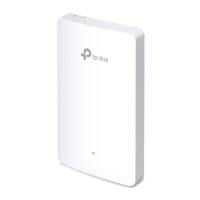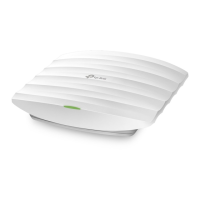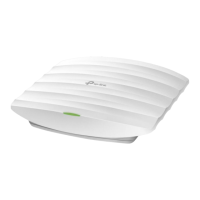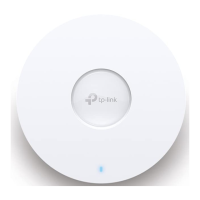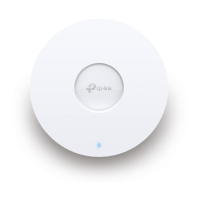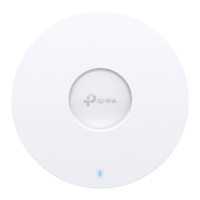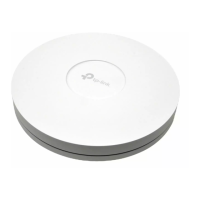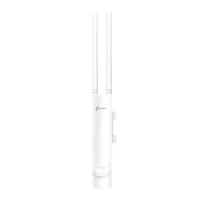36
DTIM Period The DTIM (Delivery Traffic Indication Message) is contained in some
Beacon frames. It indicates whether the EAP has buffered data for client
devices. The DTIM Period indicates how often the clients served by this
EAP should check for buffered data still on the EAP awaiting pickup.
You can specify the value between 1-255 Beacon Intervals. The default
value is 1, indicating that clients check for buffered data at every beacon.
An excessive DTIM interval may reduce the performance of multicast
applications, so we recommend you keep the default value.
RTS Threshold RTS/CTS (Request to Send/Clear to Send) is used to improve the data
transmission efficiency of the network with hidden nodes, especially when
there are lots of large packets to be transmitted.
When the size of a data packet is larger than the RTS Threshold, the RTS/
CTS mechanism will be activated. With this mechanism activated, before
sending a data packet, the client will send an RTS packet to the EAP to
request data transmitting. And then the EAP will send CTS packet to inform
other clients to delay their data transmitting. In this way, packet collisions
can be avoided.
For a busy network with hidden nodes, a low threshold value will help
reduce interference and packet collisions. But for a not-so-busy network, a
too low threshold value will cause bandwidth wasting and reduce the data
throughput. The recommended and default value is 2347 bytes.
Fragmentation
Threshold
The fragmentation function can limit the size of packets transmitted over
the network. If the size of a packet exceeds the Fragmentation Threshold,
the fragmentation function is activated and the packet will be fragmented
into several packets.
Fragmentation helps improve network performance if properly configured.
However, a too low fragmentation threshold may result in poor wireless
performance caused by the extra work of dividing up and reassembling
of frames and increased message traffic. The recommended and default
value is 2346 bytes.
OFDMA OFDMA enables multiple users to transmit data simultaneously, and thus
greatly improves speed and efficiency. Only when your clients also support
OFDMA, can you fully enjoy the benefits.
This feature is only available on certain devices. To check whether your
device supports this feature, refer to the actual web interface.
Non-PSC
Channel
Preferred Scanning Channels (PSCs) are channels that are prioritized
within the 6 GHz WiFi band for efficient connectivity. Some clients may not
discover 6GHz networks using non-PSC channels.
This feature is only available on certain devices. To check whether your
device supports this feature, refer to the actual web interface.
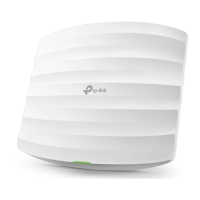
